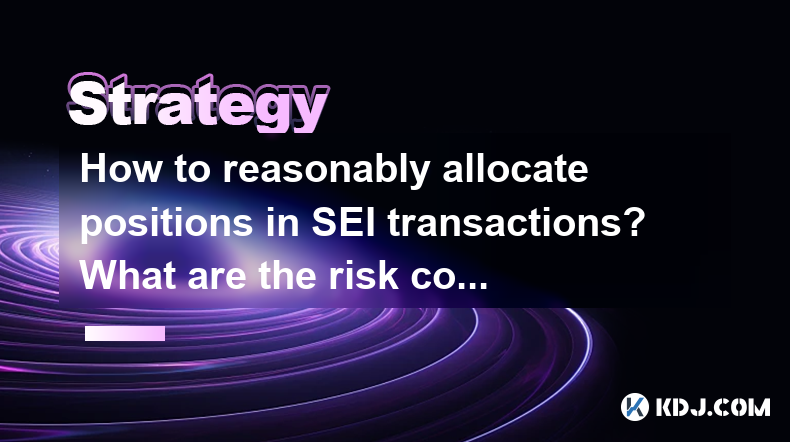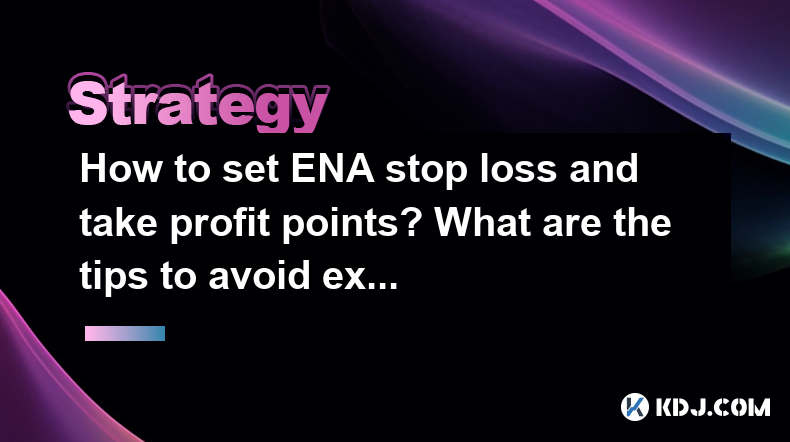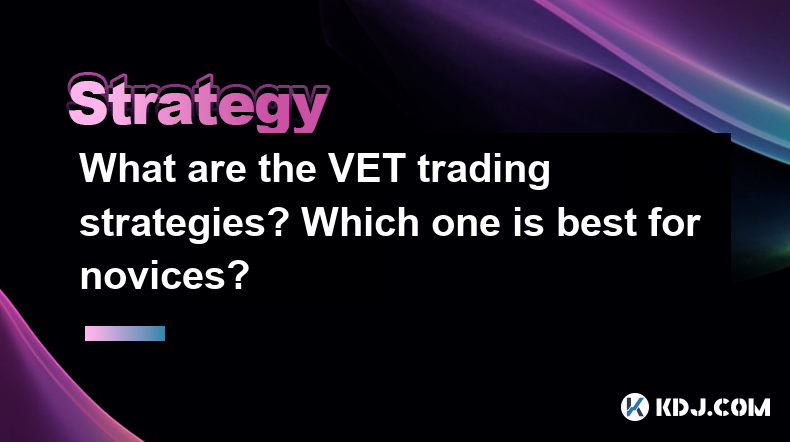-
 Bitcoin
Bitcoin $94,553.1239
-0.31% -
 Ethereum
Ethereum $1,799.4067
0.09% -
 Tether USDt
Tether USDt $1.0003
-0.01% -
 XRP
XRP $2.2398
-2.37% -
 BNB
BNB $602.5888
-0.40% -
 Solana
Solana $146.2384
-1.04% -
 USDC
USDC $1.0001
-0.01% -
 Dogecoin
Dogecoin $0.1754
-1.52% -
 Cardano
Cardano $0.6974
-0.49% -
 TRON
TRON $0.2430
-1.88% -
 Sui
Sui $3.5455
-0.16% -
 Chainlink
Chainlink $14.6684
-2.49% -
 Avalanche
Avalanche $21.8482
0.27% -
 Stellar
Stellar $0.2784
-1.46% -
 UNUS SED LEO
UNUS SED LEO $9.0126
0.43% -
 Toncoin
Toncoin $3.2175
-1.30% -
 Hedera
Hedera $0.1873
-1.15% -
 Shiba Inu
Shiba Inu $0.0...01340
-2.54% -
 Bitcoin Cash
Bitcoin Cash $360.3574
-1.66% -
 Litecoin
Litecoin $86.2726
0.17% -
 Polkadot
Polkadot $4.1398
-3.11% -
 Hyperliquid
Hyperliquid $18.4491
-1.12% -
 Dai
Dai $1.0000
-0.01% -
 Bitget Token
Bitget Token $4.3910
-0.69% -
 Monero
Monero $273.6562
2.08% -
 Ethena USDe
Ethena USDe $0.9995
-0.01% -
 Pi
Pi $0.5830
-3.86% -
 Pepe
Pepe $0.0...08857
0.20% -
 Aptos
Aptos $5.4257
-3.00% -
 Uniswap
Uniswap $5.2965
-2.16%
How to use Bitcoincoin for hedging transactions? Techniques to reduce risks?
Dogecoin's volatility makes it a useful tool for hedging against other cryptocurrencies; techniques include short selling, futures, and portfolio diversification.
Apr 28, 2025 at 11:07 pm

Using Dogecoin for hedging transactions can be an intriguing strategy for those involved in the cryptocurrency market, particularly given its volatile nature. Hedging, in the context of cryptocurrencies, involves taking positions that can offset potential losses in other investments. Dogecoin, known for its meme-inspired origins and significant price fluctuations, can be used as a tool to hedge against other cryptocurrencies or financial instruments. This article will delve into the techniques and strategies to use Dogecoin effectively for hedging and reducing risks.
Understanding Hedging with Dogecoin
Hedging is a risk management strategy used to offset potential losses in one investment by taking an opposing position in another. When using Dogecoin for hedging, the goal is to protect against adverse price movements in other cryptocurrencies or assets. Given Dogecoin's high volatility, it can be an effective tool for this purpose.
To start hedging with Dogecoin, you need to understand the correlation between Dogecoin and the asset you are trying to hedge. If Dogecoin has a negative correlation with the asset, it can serve as an effective hedge. For instance, if you hold Bitcoin and notice that Dogecoin tends to move in the opposite direction, you can use Dogecoin to hedge your Bitcoin position.
Techniques for Hedging with Dogecoin
There are several techniques you can employ to use Dogecoin for hedging. Here are some of the most common methods:
Short Selling Dogecoin: If you anticipate a decline in the value of another cryptocurrency, you can short sell Dogecoin. This involves borrowing Dogecoin and selling it at the current market price, with the intention of buying it back at a lower price to return to the lender. If the value of the other cryptocurrency falls as expected, the gains from short selling Dogecoin can offset the losses.
Using Dogecoin Futures: Futures contracts allow you to buy or sell Dogecoin at a predetermined price on a future date. By entering into a futures contract, you can lock in a price for Dogecoin, which can help mitigate the risk of price fluctuations in other assets. If the price of the other asset falls, the gains from the Dogecoin futures can help offset the losses.
Diversifying with Dogecoin: Another technique is to diversify your portfolio by including Dogecoin. By holding a mix of cryptocurrencies, including Dogecoin, you can spread the risk across different assets. If one cryptocurrency performs poorly, the gains from Dogecoin can help cushion the impact.
Steps to Implement Dogecoin Hedging
To effectively use Dogecoin for hedging, follow these steps:
Analyze Market Correlations: Begin by analyzing the correlation between Dogecoin and the asset you want to hedge. Use historical data and market analysis tools to identify patterns and trends.
Choose the Right Hedging Instrument: Decide whether to use short selling, futures contracts, or diversification. Each method has its own set of risks and benefits, so choose the one that aligns with your risk tolerance and investment goals.
Execute the Hedge: Once you have chosen your hedging instrument, execute the hedge. For short selling, you will need to borrow Dogecoin and sell it. For futures, you will need to enter into a contract. For diversification, you will need to allocate a portion of your portfolio to Dogecoin.
Monitor and Adjust: Hedging is not a set-and-forget strategy. Continuously monitor the market and adjust your hedge as needed. If the correlation between Dogecoin and the asset changes, you may need to modify your hedging strategy.
Risk Management with Dogecoin
While Dogecoin can be used for hedging, it is important to manage the risks associated with this strategy. Here are some tips for effective risk management:
Set Stop-Loss Orders: Use stop-loss orders to limit potential losses. A stop-loss order will automatically sell your Dogecoin if the price falls to a certain level, helping to prevent significant losses.
Use Leverage Cautiously: If you are using leverage to short sell Dogecoin or enter into futures contracts, be cautious. Leverage can amplify both gains and losses, so use it sparingly.
Stay Informed: Keep up to date with market news and developments that could affect Dogecoin and the asset you are hedging. Being informed can help you make better decisions and adjust your strategy as needed.
Practical Example of Dogecoin Hedging
To illustrate how Dogecoin can be used for hedging, consider the following example:
Suppose you hold a significant amount of Ethereum and are concerned about a potential price drop. You notice that Dogecoin has a negative correlation with Ethereum, meaning when Ethereum's price falls, Dogecoin's price tends to rise. To hedge your Ethereum position, you decide to short sell Dogecoin.
- Borrow Dogecoin: You borrow 1000 Dogecoin from a broker.
- Sell Dogecoin: You sell the borrowed Dogecoin at the current market price of $0.50 per Dogecoin, receiving $500.
- Monitor Ethereum: You keep an eye on Ethereum's price. If it falls as expected, you plan to buy back the Dogecoin at a lower price.
- Buy Back Dogecoin: Suppose Ethereum's price falls by 10%, and Dogecoin's price rises to $0.55. You buy back the 1000 Dogecoin at $0.55 each, spending $550.
- Return Dogecoin: You return the 1000 Dogecoin to the broker, incurring a loss of $50 on the Dogecoin transaction.
- Offset Losses: However, the 10% drop in Ethereum's price results in a $500 loss on your Ethereum holdings. The $50 loss on the Dogecoin hedge offsets some of the Ethereum loss, reducing your overall loss to $450.
In this example, the Dogecoin hedge helped mitigate the impact of the Ethereum price drop, demonstrating how Dogecoin can be used effectively for hedging.
Frequently Asked Questions
Q: Can Dogecoin be used to hedge against traditional financial instruments like stocks or commodities?
A: While Dogecoin can be used to hedge against other cryptocurrencies, its effectiveness in hedging against traditional financial instruments is limited. The correlation between Dogecoin and stocks or commodities is typically low, making it less suitable for this purpose. However, in some cases, if a specific stock or commodity has a high correlation with the broader cryptocurrency market, Dogecoin might be used as a hedge.
Q: What are the tax implications of using Dogecoin for hedging?
A: The tax implications of using Dogecoin for hedging can be complex and depend on your jurisdiction. In general, profits from short selling or futures contracts may be subject to capital gains tax. It is advisable to consult with a tax professional to understand the specific tax implications in your region.
Q: How can I find reliable data on the correlation between Dogecoin and other assets?
A: To find reliable data on the correlation between Dogecoin and other assets, you can use cryptocurrency data platforms like CoinMetrics, CryptoCompare, or CoinGecko. These platforms provide historical price data and correlation analysis tools that can help you make informed hedging decisions.
Q: Is it possible to automate Dogecoin hedging strategies?
A: Yes, it is possible to automate Dogecoin hedging strategies using trading bots and algorithmic trading platforms. These tools can execute trades based on predefined rules and market conditions, allowing for more efficient and timely hedging. However, it is important to thoroughly test and monitor automated strategies to ensure they perform as expected.
Disclaimer:info@kdj.com
The information provided is not trading advice. kdj.com does not assume any responsibility for any investments made based on the information provided in this article. Cryptocurrencies are highly volatile and it is highly recommended that you invest with caution after thorough research!
If you believe that the content used on this website infringes your copyright, please contact us immediately (info@kdj.com) and we will delete it promptly.
- South Korea May Soon Take a Significant Step Towards Modernizing Its Digital Asset Environment
- 2025-04-30 11:05:12
- Bitcoin Rally at Risk? Whale Sentiment Indicator Signals Warning
- 2025-04-30 11:05:12
- Pi Network (PI) Price Today, April 30, 2025, Exhibits Significant Downward Movement
- 2025-04-30 11:00:13
- Trump Media Exploring Integration of a Crypto Token and Wallet into Its Video Streaming Site, Truth+
- 2025-04-30 11:00:13
- Dogecoin (DOGE) vs. RCO Finance (RCOF): Which Crypto Will Turn $500 into $50k?
- 2025-04-30 10:55:13
- Bitcoin (BTC) price enters a mild 1% on Wednesday April 30, with institutional inflows on the rise, BTC now eyes the $2 trillion market cap milestone.
- 2025-04-30 10:55:13
Related knowledge

How to reasonably allocate positions in SEI transactions? What are the risk control principles?
Apr 30,2025 at 10:43am
In the world of cryptocurrency transactions, particularly when dealing with a specific token like SEI, it's crucial to approach position allocation and risk control with a strategic mindset. This article will delve into how to reasonably allocate positions in SEI transactions and outline the key principles of risk control that should guide your trading ...

How do I view the changes in Jupiter (JUP) large-scale positions? Should I follow the main operation?
Apr 30,2025 at 09:50am
Introduction to Jupiter (JUP)Jupiter (JUP) is a decentralized exchange (DEX) on the Solana blockchain, known for its high-speed and low-cost transactions. As a user, understanding the changes in large-scale positions of JUP can provide valuable insights into market trends and potential investment opportunities. This article will guide you through the pr...

What should I do after Jupiter (JUP) breaks through the previous high? Should I chase the rise or wait for a pullback to buy?
Apr 30,2025 at 08:56am
When Jupiter (JUP) breaks through its previous high, it's a significant event that can trigger various reactions from traders and investors. Deciding whether to chase the rise or wait for a pullback to buy requires a thorough understanding of market dynamics, your investment strategy, and risk tolerance. In this article, we will explore the factors to c...

How to avoid slippage in ENA trading? What are the order placement skills?
Apr 30,2025 at 10:01am
Trading ENA, a popular cryptocurrency, can be an exciting venture, but it comes with its own set of challenges, one of which is slippage. Slippage occurs when there is a difference between the expected price of a trade and the price at which the trade is executed. This can be particularly frustrating in fast-moving markets or during times of high volati...

How to set ENA stop loss and take profit points? What are the tips to avoid excessive losses?
Apr 30,2025 at 10:08am
Introduction to ENA TradingSetting stop loss and take profit points is crucial for managing risks while trading cryptocurrencies like ENA. These tools help traders limit their losses and secure profits by automatically executing trades when certain price levels are reached. Understanding how to effectively use these tools can significantly enhance your ...

What are the VET trading strategies? Which one is best for novices?
Apr 30,2025 at 07:07am
VET, or VeChain, is a popular cryptocurrency that has garnered significant attention in the crypto community. For those looking to trade VET, understanding various trading strategies is crucial. This article will explore several VET trading strategies and highlight which one is most suitable for novices. Understanding VET and Its MarketBefore delving in...

How to reasonably allocate positions in SEI transactions? What are the risk control principles?
Apr 30,2025 at 10:43am
In the world of cryptocurrency transactions, particularly when dealing with a specific token like SEI, it's crucial to approach position allocation and risk control with a strategic mindset. This article will delve into how to reasonably allocate positions in SEI transactions and outline the key principles of risk control that should guide your trading ...

How do I view the changes in Jupiter (JUP) large-scale positions? Should I follow the main operation?
Apr 30,2025 at 09:50am
Introduction to Jupiter (JUP)Jupiter (JUP) is a decentralized exchange (DEX) on the Solana blockchain, known for its high-speed and low-cost transactions. As a user, understanding the changes in large-scale positions of JUP can provide valuable insights into market trends and potential investment opportunities. This article will guide you through the pr...

What should I do after Jupiter (JUP) breaks through the previous high? Should I chase the rise or wait for a pullback to buy?
Apr 30,2025 at 08:56am
When Jupiter (JUP) breaks through its previous high, it's a significant event that can trigger various reactions from traders and investors. Deciding whether to chase the rise or wait for a pullback to buy requires a thorough understanding of market dynamics, your investment strategy, and risk tolerance. In this article, we will explore the factors to c...

How to avoid slippage in ENA trading? What are the order placement skills?
Apr 30,2025 at 10:01am
Trading ENA, a popular cryptocurrency, can be an exciting venture, but it comes with its own set of challenges, one of which is slippage. Slippage occurs when there is a difference between the expected price of a trade and the price at which the trade is executed. This can be particularly frustrating in fast-moving markets or during times of high volati...

How to set ENA stop loss and take profit points? What are the tips to avoid excessive losses?
Apr 30,2025 at 10:08am
Introduction to ENA TradingSetting stop loss and take profit points is crucial for managing risks while trading cryptocurrencies like ENA. These tools help traders limit their losses and secure profits by automatically executing trades when certain price levels are reached. Understanding how to effectively use these tools can significantly enhance your ...

What are the VET trading strategies? Which one is best for novices?
Apr 30,2025 at 07:07am
VET, or VeChain, is a popular cryptocurrency that has garnered significant attention in the crypto community. For those looking to trade VET, understanding various trading strategies is crucial. This article will explore several VET trading strategies and highlight which one is most suitable for novices. Understanding VET and Its MarketBefore delving in...
See all articles






















![Bowsers Castle by: YraX 100% (1 coin) (Mobile) Geometry Dash [2.2] Bowsers Castle by: YraX 100% (1 coin) (Mobile) Geometry Dash [2.2]](/uploads/2025/04/30/cryptocurrencies-news/videos/bowsers-castle-yrax-coin-mobile-geometry-dash/image-1.webp)






























































